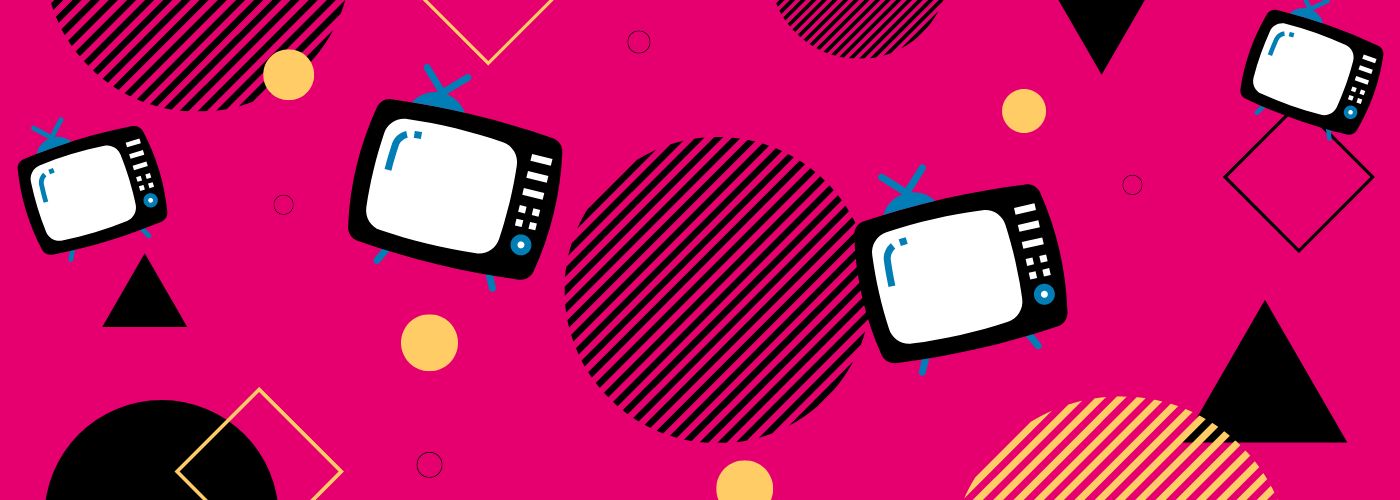Stranger Things’ Captions: A Lesson in Language and Detail
Closed Captioning Best Practices [Free eBook]
Season 4 of the sci-fi Netflix drama Stranger Things has taken the world by storm, breaking the record for Netflix’s most-watched English-language TV show ever in just 17 days. But it’s not only the action-packed plot that people are talking about. Stranger Things’ captions have people [chittering] all over the internet.
Some of These Captions are Not Like the Others
The closed captions accompanying season 4 of Stranger Things have prompted quite a reaction from the online community; viewers are creating memes about Stranger Things’ captions, and websites are even ranking the captions—people are noticing that these captions stand out.
As season 4 of Stranger Things has shown us, sometimes viewers who do not have hearing loss use captions simply because they create an extremely positive, though graphic, user experience for anyone tuning in.
Similar to the electric toothbrush, which was originally created for individuals with motor disabilities, captions do not exclusively serve people who are d/Deaf or hard of hearing.
Viewers are both moved by and appreciative of the unusually descriptive captions that accompany the latest and most disturbing season of the show to date. The show goes above and beyond, creating an incredibly graphic experience for viewers who dare to turn on captions and read the creative descriptions themselves. Phrases like [wet squelch] and [eerie, unsettling music playing] describe the audio with illustrative detail, which is a crucial component of this season.
Here are some of the most notable captions from the season according to a BuzzFeed article:
- [guttural gurgling]
- [menacing synth music playing]
- [gate pulsates wetly]
- [intricate, macabre music playing]
- [disconcertingly jaunty music continues]
- [tentacles undulating moistly]
- [flesh tearing]
- [Eldritch thrumming]
Tips for Creating Accessible Online Video
How Much Detail is Too Much Detail?
While Stranger Things’ captions are a good example of how important closed captions are and have given accessibility a bit of a spotlight, it also brings up some questions around captioning best practices and standards of which creators should be mindful. An article by Meryl Evans about the show discusses some of these considerations.
While there has been a generally positive reception towards the detailed captions, it is best practice to “let the visuals do the talking” in a video, according to Meryl. The over-explanation of sounds in Stranger Things makes for much wordier captions that increase the reading load. Part of quality captioning according to the DCMP is readability; captions must appear on-screen long enough for the viewer to easily read them without missing what is happening visually.
Stranger Things’ captions also use some very advanced and niche language. The language used in captions should not exceed an 8th-grade reading level; some of the vocabulary used in these captions are at a 21st-grade reading level. If a viewer needs to look up a word used in captions, their focus has been taken away from the content and the overall experience becomes more cumbersome. Captions should contain simple language and help a viewer understand what is happening, not leave them with more questions.
What Stranger Things’ Captions Teach Us About the Importance of Language
There is a special link that connects language and discourse to identities; we use language to construct identities for ourselves and display them to the world. In the case of Stranger Things, the writers have created identities for each fictional character in the show, including the slimy creepy creatures that keep us up at night.
Vecna is the evil monster who serves as the villain of season 4; so much of his identity revolves around the squelchy, scary sounds he produces. These sounds play an integral role in this season, even more so than in past seasons. By writing equally graphic and eerie captions, the authors have made Vecna’s identity accessible to d/Deaf and hard of hearing viewers and have provided them with a more robust viewing experience that accurately describes much more than the basic happenings of a given episode.
In a Netflix interview with the brains behind the captions, English SDH (subtitles for the Deaf and hard of hearing) author Jeff T. and English SDH QCer (quality checker) Karli Webster discussed the positive reception of their work. The two stressed how important video accessibility was for them in creating captions for Stranger Things season 4: “We wanted to try to accurately reflect [the importance of sound design] in our subtitles for the Deaf and hard of hearing because this is their primary avenue for access to those sensory inputs,” Jeff T. said.
There are many benefits that come with captioning your videos, with media accessibility being the most important. However, as Stranger Things’ captions have proven, many users who turn on captioning when consuming video content do not have hearing loss. Captioning can improve comprehension, engagement, and the ability to watch videos without audio in sound-sensitive environments.
Stranger Things has shown its audience how much descriptive captioning can impact the user experience for all viewers, and we are anxiously waiting to see what comes next [suspenseful audio distortion].
Curious about more potential benefits of captioning?





